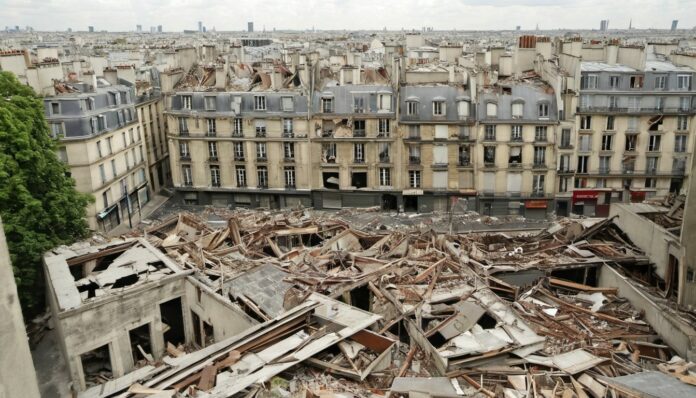Earthquakes are natural shaking or trembling of the Earth’s surface caused by sudden movements of the Earth’s crust. They occur along fault lines, where tectonic plates meet and interact.
These movements can be minor and barely felt or so strong that they cause significant damage and loss of life. Earthquakes can trigger tsunamis, landslides, and other natural disasters. Understanding and preparing for earthquakes is essential for minimizing their impact on people and infrastructure.
Interesting Facts About Earthquakes
- Earthquakes are caused by the sudden release of energy in the Earth’s crust.
- The point inside the Earth where the earthquake starts is called the focus or hypocenter.
- The point directly above the focus on the Earth’s surface is called the epicenter.
- Earthquakes can occur along any type of plate boundary: divergent, convergent, or transform.
- The largest recorded earthquake was a magnitude 9.5 in Chile in 1960.
- Earthquakes are measured using the Richter scale, which quantifies the energy released.
- Another scale, the moment magnitude scale, is more accurate for large earthquakes.
- Seismologists use seismographs to detect and record earthquake waves.
- Aftershocks are smaller earthquakes that follow the main quake.
- Earthquakes can cause ground shaking, surface rupture, and ground displacement.
- The “Ring of Fire” is a region around the Pacific Ocean with frequent earthquakes and volcanic activity.
- The deadliest earthquake in recorded history occurred in Shaanxi, China, in 1556, killing approximately 830,000 people.
- Liquefaction can occur during earthquakes, causing solid ground to behave like a liquid.
- Tsunamis are large ocean waves triggered by undersea earthquakes.
- Earthquakes can also trigger landslides, avalanches, and mudslides.
- Fault lines are fractures in the Earth’s crust where earthquakes are most likely to occur.
- The San Andreas Fault in California is one of the most well-known fault lines.
- Earthquakes can cause buildings and structures to collapse, leading to significant damage and casualties.
- Earthquake-resistant construction techniques can help minimize damage.
- The Earth’s crust is divided into several tectonic plates that are constantly moving.
- Earthquakes can occur at depths ranging from near the surface to several hundred kilometers deep.
- The “P wave” (primary wave) is the fastest type of seismic wave and travels through solids, liquids, and gases.
- The “S wave” (secondary wave) is slower and can only travel through solids.
- Earthquake swarms are sequences of many earthquakes striking in a relatively short period of time.
- Animals are sometimes said to sense earthquakes before they occur, but scientific evidence is inconclusive.
- Earthquake drills and emergency preparedness can save lives during an actual event.
- The shaking from an earthquake can last from a few seconds to several minutes.
- Large earthquakes can release energy equivalent to several nuclear bombs.
- Earthquake prediction is still not possible, but scientists can estimate the probability of future quakes.
- Japan has one of the most advanced earthquake early warning systems in the world.
